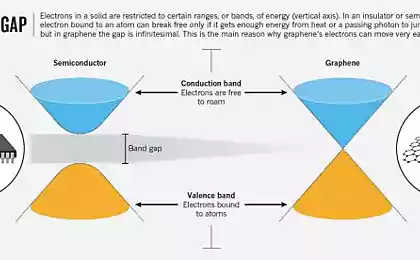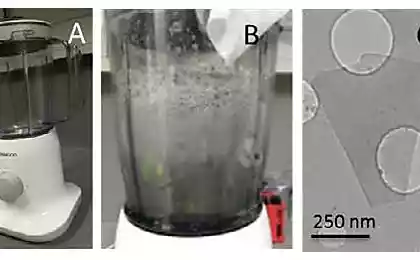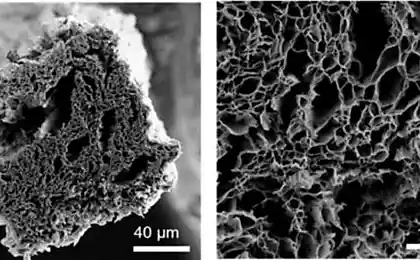889
The inventor of graphene received glowing transparent material based on it

Novoselov explains Britain's finance minister, how to save on lighting Treasury i>
Under the leadership of Nobel Prize winner Konstantin Novoselov (or as they write about it in Britain, Sir Kostya Novoselov) team working at the University of Manchester, has released a LED based on graphene. The work was conducted in collaboration with a team of scientists from the University of Sheffield. This is - one of the first practical applications of graphene.
It Novoselov paired with game in 2004 for the first time obtain the graph, and in 2010 - and the Nobel Prize for it. Now this stuff is finally starting to work and bring benefits not only to scientists, but to everyone else. Graphene is used as one of the layers гетероструктуры - material from several layers of different semiconductors.

One example of a material based on graphene i>
The resulting material emits light while it is translucent and flexible due to the very small thickness (of 10-40 atoms). The quantum efficiency of radiation (the number of photons emitted to the number of electrons produced) is 10%, which is comparable with modern organic LED.

Model heterostructure for photovoltaics (solar energy conversion) i>
"Since our new type of LED consists of only a few layers of two-dimensional materials atom thick, it is both flexible and transparent" - says Freddie Withers, a member of the Royal Academy of Engineering, under whose leadership the production of the material went. "We are already seeing how this work grows out of a new generation of optoelectronic devices, from simple transparent lamps and lasers to more sophisticated in the use of vehicles».
Professor Alexander Tartakovsky from Sheffield adds: "The new LED are very hardy, and their characteristics are not changed over many weeks of observation. Despite the fact that the production of such materials is at the beginning, their quantum efficiency is comparable to organic LEDs ».
In collaboration scientists indicate that their achievement proves the applicability of new materials for the manufacture of flexible and semi-transparent electronics. And the more such two-dimensional materials is successfully created, the more they will find application.
Source: geektimes.ru/post/248058/























